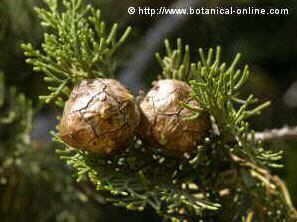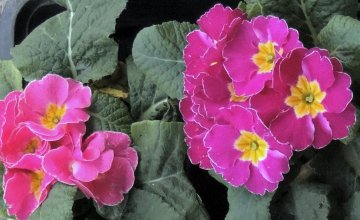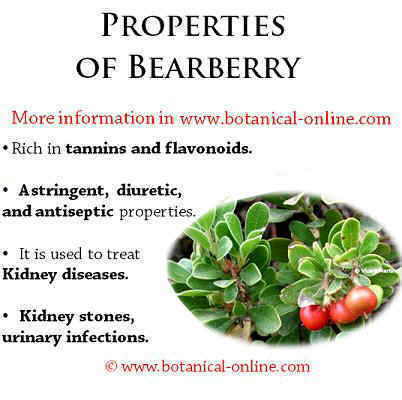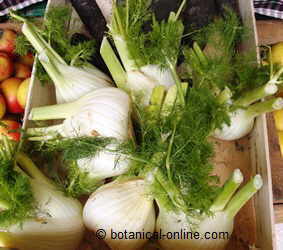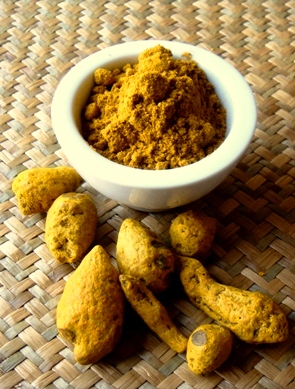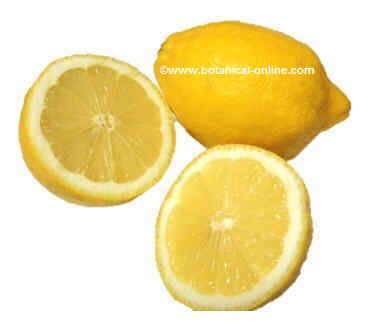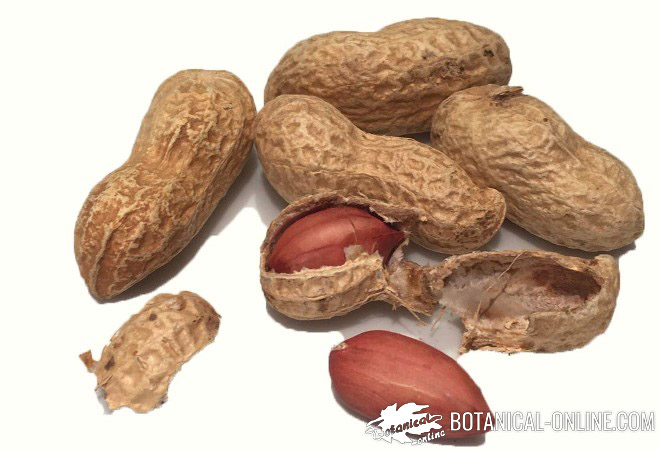Contents
What is a sage?
Characteristics of sage ( Salvia officinalis)
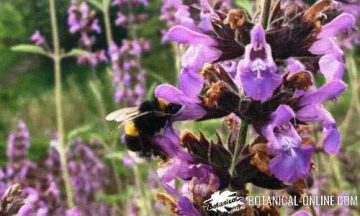
Common English name: Sage, Garden Sage, Common Sage, Kitchen sage
Scientific noun: Salvia officinalis L.
Family. Mint family – Lamiaceae
Habitat: Se It is found in dry rocky places.
Description of sage
Shrub up to 70 cm. Several tomentous, gray stems.
Leaves peciolate, oblong or lanceolate, downy below.
Flowers violet, blue or white- pink in quite loose spikes till 10 flowers each. Corolla 3 cm, with the upper lip,contrary to the rest of the “Salvias”, flat. No sticky calyx and twice shorter than the corolla.
Picking and storing sage
Leaves should be collected before the bloom in spring. They must be dried in the shade and be kept in a dry airtight container.
* See: How to harvest wild plants
Composition of sage and active principles
- Essential oil (1-3%): thujone (35-50%) * (contains alpha and beta thujone), 1,8-cineol (14%), pinene, borneol, camphor, caryophyllene, linalyl acetate, salvene, bitter diterpenes (carnosol); triterpenes. * It contains thujone, which contraindicates it for pregnancy. Other salvias have a lower percentage in this component.
- Tannins
- Rosmarinic acid
- Flavonoids
![]() More information on sage
More information on sage


